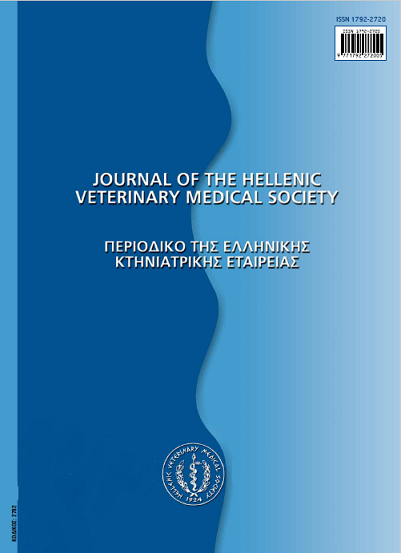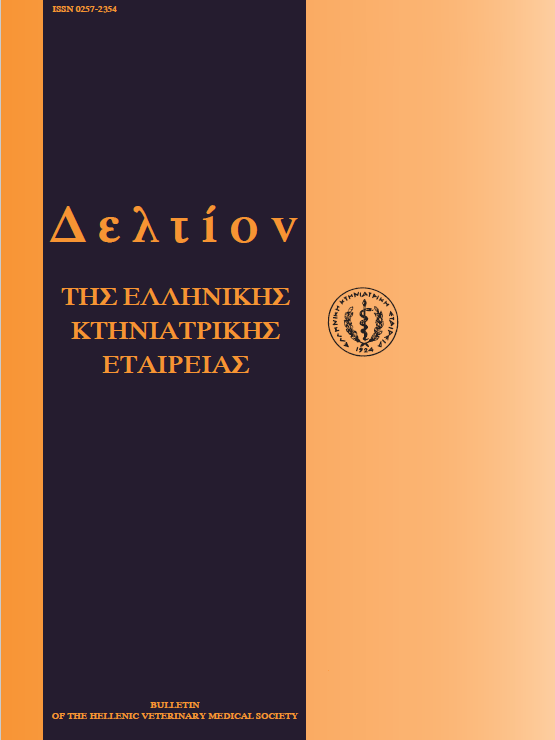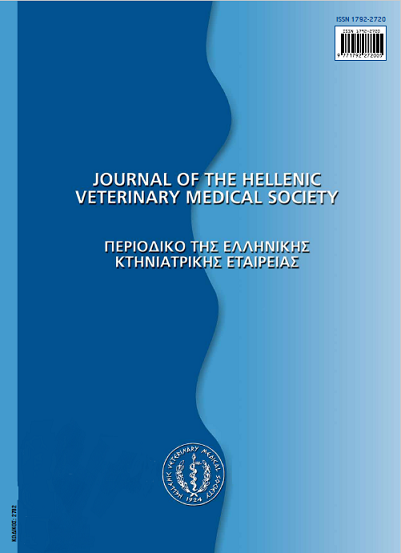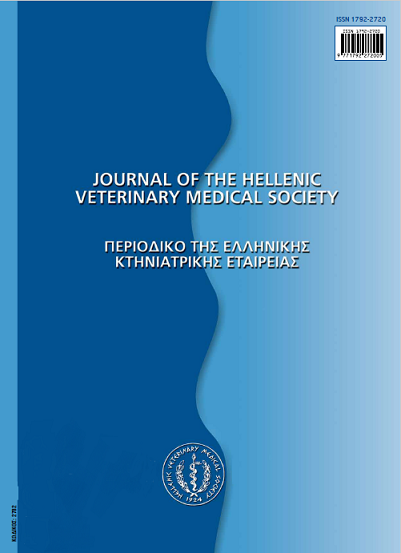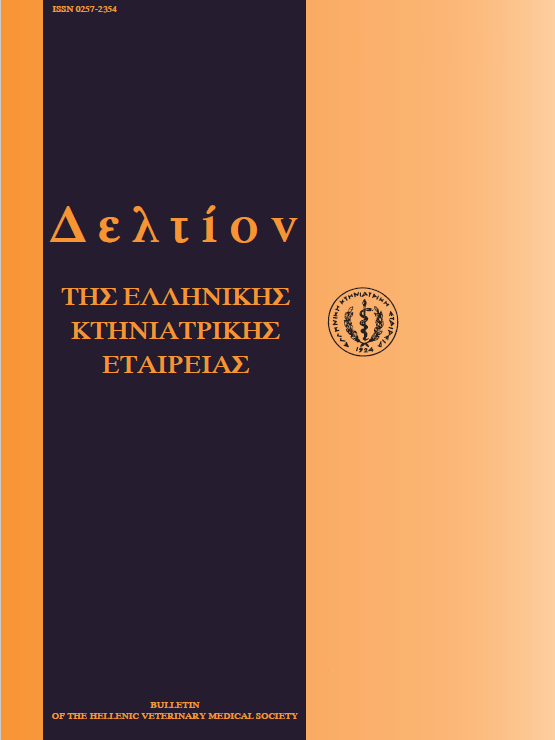Cutaneous lymphohistiocytic and multifocal lymphoma in an adult mare
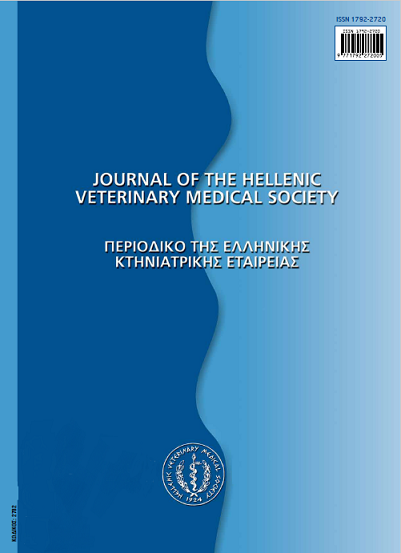
Abstract
Cutaneous or subcutaneous lymphoma is one of the four different forms appearing in the horse. This type of equine lymphoma is usually lymphohistiocytic with a Τ, Β or mixed-cell immunophenotype and with a prevalence of less than 3% among skin neoplasms. This is all about a 9-year old Warmblood mare admitted with a 5-month history of multiple cutaneous masses spreading to many parts of the body. Apart from the multiple subcutaneous nodules and plaques, which did not provide discomfort to the horse, no other abnormalities were found either in clinical or laboratory examination. Lesionai histopathology and immunohistochemistry revealed a lymphohistiocytic T-cell lymphoma, which most likely was primary. The owner elected not to have her horse treated, but readmitted it for euthanasia 5 months later, because of the worsening of skin lymphoma and the appearance of general and systemic clinical signs. The ensuing postmortem was suggestive of distant metastatic disease (liver, mediastinal lymph nodes, pharyngeal wall) most likely originating from the skin.
Article Details
- How to Cite
-
SPANOUDES (Κ.Μ. ΣΠΑΝΟΥΔΗΣ) K. M., McGOWAN, C. M., DIAKAKIS (Ν.Ε. ΔΙΑΚΑΚΗΣ) N. E., & KOUTINAS (Α.Φ. ΚΟΥΤΙΝΑΣ) A. F. (2017). Cutaneous lymphohistiocytic and multifocal lymphoma in an adult mare. Journal of the Hellenic Veterinary Medical Society, 61(3), 207–211. https://doi.org/10.12681/jhvms.14887
- Issue
- Vol. 61 No. 3 (2010)
- Section
- Case Report
Authors who publish with this journal agree to the following terms:
· Authors retain copyright and grant the journal right of first publication with the work simultaneously licensed under a Creative Commons Attribution Non-Commercial License that allows others to share the work with an acknowledgement of the work's authorship and initial publication in this journal.
· Authors are able to enter into separate, additional contractual arrangements for the non-exclusive distribution of the journal's published version of the work (e.g. post it to an institutional repository or publish it in a book), with an acknowledgement of its initial publication in this journal.
· Authors are permitted and encouraged to post their work online (preferably in institutional repositories or on their website) prior to and during the submission process, as it can lead to productive exchanges, as well as earlier and greater citation of published work.



